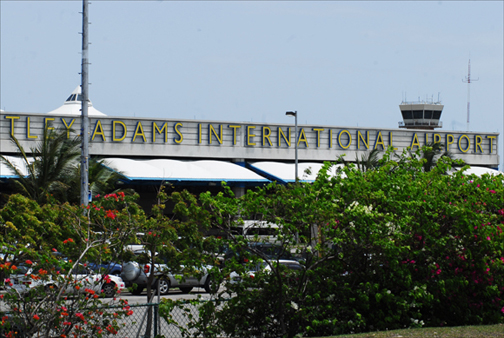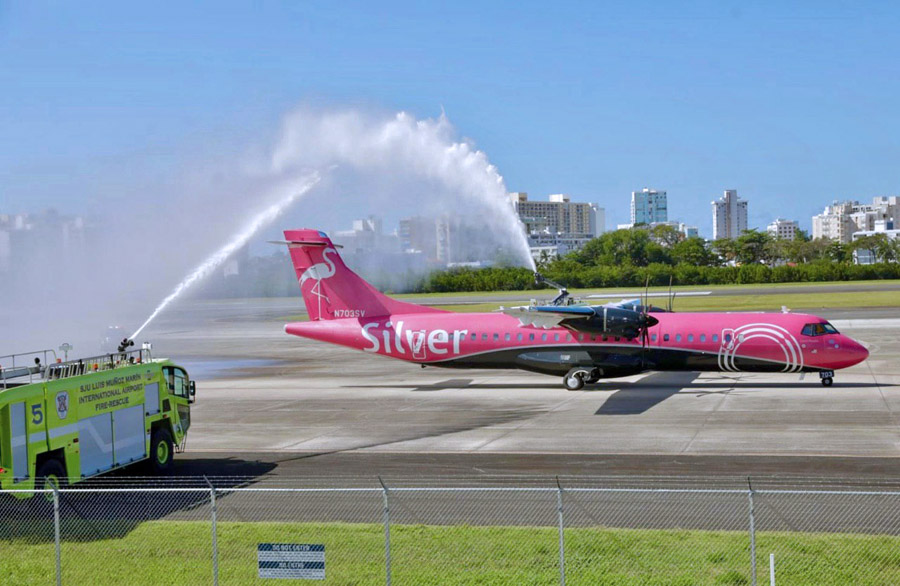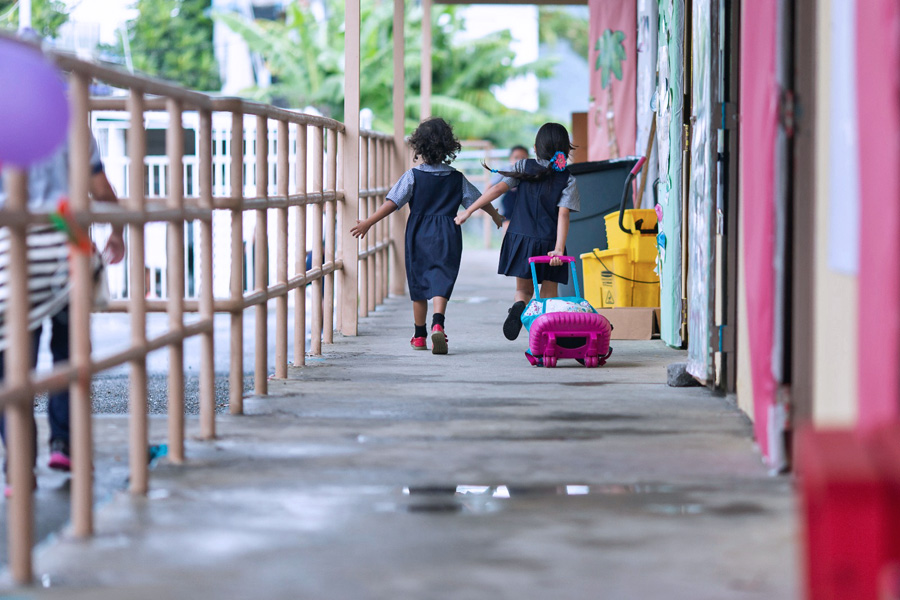Caribbean targets 2 new markets: South America, Russia


No Caribbean destination depends more on the U.S. mainland market than Puerto Rico. (Credit: © Mauricio Pascual)
By Larry Luxner
For News is my Business
Caribbean islands are aggressively courting new tourism markets as restrictive U.K. airline taxes and hard times in the United States keep thousands of potential British and American visitors at home.
At the top of those new markets: South America and Russia.
“Too often, Latin America is regarded as a secondary market, but we should take note of the growth some of these economies have had in the past year,” said Nicole Rodríguez, chief marketing officer at the Puerto Rico Tourism Co.
“We are working very hard to strengthen Puerto Rico’s presence in these markets also because we’re a major shopping destination. Brazilians and Colombians love to go to the U.S., especially Miami, to shop, so we want to capitalize on that,” she said.
Rodríguez spoke at the 16th annual Caribbean Hotel and Tourism Investment Conference, held Apr. 24-26 at the Sheraton Puerto Rico Hotel & Casino in San Juan.
Carlos Vogeler, regional director for the Americas at the World Tourism Organization, said that for the first time in history, one billion people will cross international borders as tourists this year. Germany is currently the top international outbound market, followed by the United States and China.
“Seven destinations — Dominican Republic, Puerto Rico, Cuba, Jamaica, Bahamas, Aruba and Barbados — constitute 7 percent of all arrivals to the Caribbean, but there’s a high dependency on markets such as the U.S., Canada and Europe,” he said. “These are precisely the markets that have suffered during the recent financial crisis.”
No Caribbean destination depends more on the U.S. mainland market than Puerto Rico. Rodríguez said more than 90 percent of the 4.8 million annual visitors to her island are American citizens who don’t need passports to fly there because it’s a U.S. commonwealth.
But still, she said Puerto Rico needs to diversify, and urgently.
“We know Latin America is a tremendous opportunity for us, for one thing, because we speak the same language,” she said. “Right now, we can’t do any marketing efforts without having direct air access. However, for the past two or three years, we’ve been in negotiations, and we trust that by the end of this year we’ll be able to announce new air routes to Mexico, Brazil, Argentina, Colombia and Chile.”
Barbados looks beyond U.K.
English-speaking Barbados, which was a British colony until 1966, is more dependent on U.K. tourism than any other Caribbean island. In 2008, U.K. visitors accounted for 38.7 percent of the 567,700 tourists who visited Barbados that year, though by 2010 that share had declined by 17.7 percent to 181,054 visitors (or 34 percent) — a drop largely attributable to an air passenger duty tax imposed by the British government.

In June 2010, Brazilian low-cost carrier Gol kicked off weekly service between São Paulo and Bridgetown’s Grantley Adams International Airport. (Credit: Larry Luxner)
That’s when Barbados tourism officials decided it was time to look elsewhere.
“Brazil recently surpassed the U.K. as the world’s sixth-largest economy, so Barbados — recognizing the fact that Brazil is a dynamic, emerging nation — decided to go into that market two years ago,” said Colin Jordan, director of business development at Mango Bay Hotel and president of the Barbados Hotel and Tourism Association.
In June 2010, Brazilian low-cost carrier Gol kicked off weekly service between São Paulo and Bridgetown’s Grantley Adams International Airport, alleviating the need for Brazilian vacationers to transit Miami — and also cutting several hours of flying time in the process.
“The numbers so far from Brazil have not been tremendous. We only have one flight a week coming out of São Paulo,” said Jordan. “But the private sector has determined that we need to get together and develop that market to spread our risks.”
To that end, he said, Barbados is also courting the Russian market as well as the Indian diaspora in North America, using cricket and ethnic local culture as a draw.
DR pumps millions into marketing
In recent years, the Dominican Republic — already the Caribbean’s top tourist destination — has had great success luring both South Americans and Russians to its shores.
Enrique de Marchena Kaluche, managing partner and founder of the DMK law firm in Santo Domingo, is former chairman of the Caribbean Hotel and Tourism Association as well as the Tourism Association of the Dominican Republic (Asonahores).
Speaking at the San Juan tourism investment conference, he said roughly 1.3 million tourists visited his country during the first three months of 2012, a 7.9 percent jump from the year-ago period. During that time, arrivals from Canada rose 3.7 percent, from the United States 13.2 percent and from South America a whopping 22.9 percent.
Kaluche credits effective marketing and promotion for the dramatic increase.
“Five or six years ago, we had a promotion budget of about $15 million, which was nothing. Today it’s in excess of $50 million,” he said. “We have diversified our markets and products.”
In 2005, the country received 7,500 Brazilians, jumping last year to 28,000. Likewise, only 14,200 Russians visited the D.R. in 2005. By last year, that number had skyrocketed to 125,000. That’s a 58 percent increase from even 2010 figures.

Russians now represent 3.3 percent of all visitors to Dominican shores, including the Punta Cana resort area. (Credit: Larry Luxner)
“That gives you an idea how the market mix is changing,” he said.
Russians now represent 3.3 percent of all visitors to Dominican shores. Punta Cana International Airport, the country’s largest, now receives 12 weekly flights from Russia on Boeing 747s; nine are handled by Transaero, and three by Aeroflot.
The Dominican government operates tourism offices in both Moscow and St. Petersburg, and is promoting Puerto Plata and Samaná in addition to Punta Cana as major destinations for Russian tourists, who tend to spend more than the average visitor on excursions, luxury items and souvenirs.
Hotel occupancy in the D.R. now stands at 85.6 percent, and the country has roughly 65,000 hotel rooms — more than anywhere else in the Caribbean. This year, 4.3 million tourists are expected to visit the Dominican Republic. Kaluche predicted that by 2022, that number will jump to 10 million.
Cuba lures Russians
Cuba is also receiving record numbers of both South Americans and Russians.
Last year, 76,500 Russians left their cold country to vacation in Cuba — generally at all-inclusive resorts in Varadero — more than double the number who visited in 2009. Argentines, meanwhile, are poised to edge out Spaniards as the No. 3 source of tourism to Cuba after Canadians and U.S.-based Cuban-American exiles.
As of Mar. 15, just over 29,000 Argentines had visited the Caribbean island so far this year, up a staggering 40 percent compared to the same period in 2011. Other growing South American markets for Cuba — which received a total of 2.7 million tourists last year — are Chile, Brazil, Peru and Paraguay.











